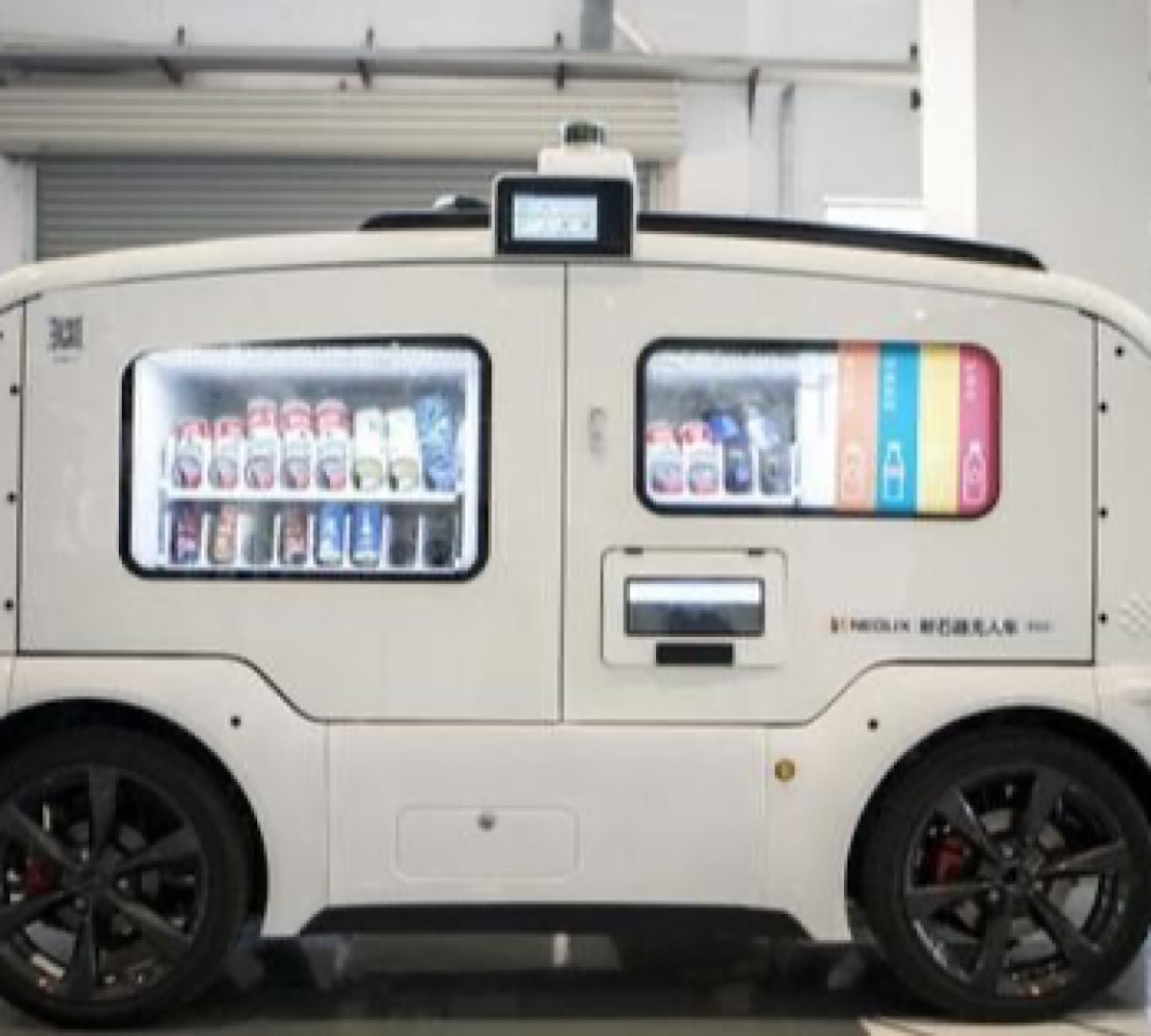Self-driving vans have been launched in China as many cities are under complete lockdown. The startup company, Neolix, has received orders for 200 robotic vehicles since the coronavirus outbreak.
How have the vans helped during the crisis?
These autonomous machines have proven their worth in recent weeks as they are able to fulfil a number of tasks, made less possible by the coronavirus spread. These include delivering medical supplies for overworked health professionals, collecting food and, recently, spraying disinfectant over the streets. The Chinese government has recognised the utility of these vehicles and has agreed to cover 60% of the costs of each vehicle.
This applies not only to Neolix but to a number of other manufacturers that are making similar products. The Neolix founder, Yu Enyuan, told Bloomberg that “the industry has entered into a fast expansion phase because of the virus.” The chief selling point of the vehicles is that they can keep on moving around during the current crisis while any quarantined or isolated delivery drivers are stuck at home. The jury is out as to how useful such machines can be in preventing the spread of coronavirus and, indeed, how these machines may be used in the future to ease the delivery of essential items around cities.
Amazon recently started trialling autonomous robots that deliver packages in Southern California. These 6 wheeled robots trundle around suburban neighbourhoods delivering goods to customers but while they may seem useful, they currently still need a human chaperone to monitor their progress and are restricted by steps. Could such machines become more normal around the world? Amazon certainly thinks so and has designed the robots to fit seamlessly into suburban environments with a non-threatening and simple look.

